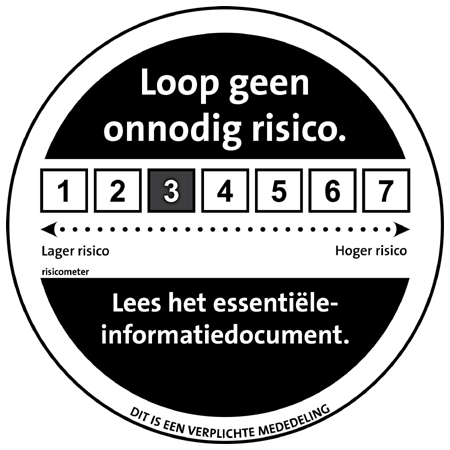Main Risk Factors of a Fallen Angels ETF
The issuer or guarantor of a debt security may be unable and/or unwilling to make timely interest payments and/or repay the principal on its debt or to otherwise honour its obligations. Bonds are subject to varying degrees of credit risk which may be reflected in credit ratings. There is a possibility that the credit rating of a bond may be downgraded after purchase, which may adversely affect the value of the security.
The prices of junk bonds are likely to be more sensitive to adverse economic changes or individual issuer developments than higher rated securities possibly leadong to junk bond issuers not being able to service their principal and interest payment obligations. The secondary market for securities that are junk bonds may be less liquid than the markets for higher quality securities.
Bond prices could rise or fall as the result of changes in the interest rates and the interest rate curve. Potential or actual downgrades in the credit rating can increase the assumed risk level.
